The Wonder of Art: the National Gallery's rehang – masterpieces galore
The museum has isolated its 'biggest stars to let you savour their drop-dead genius'
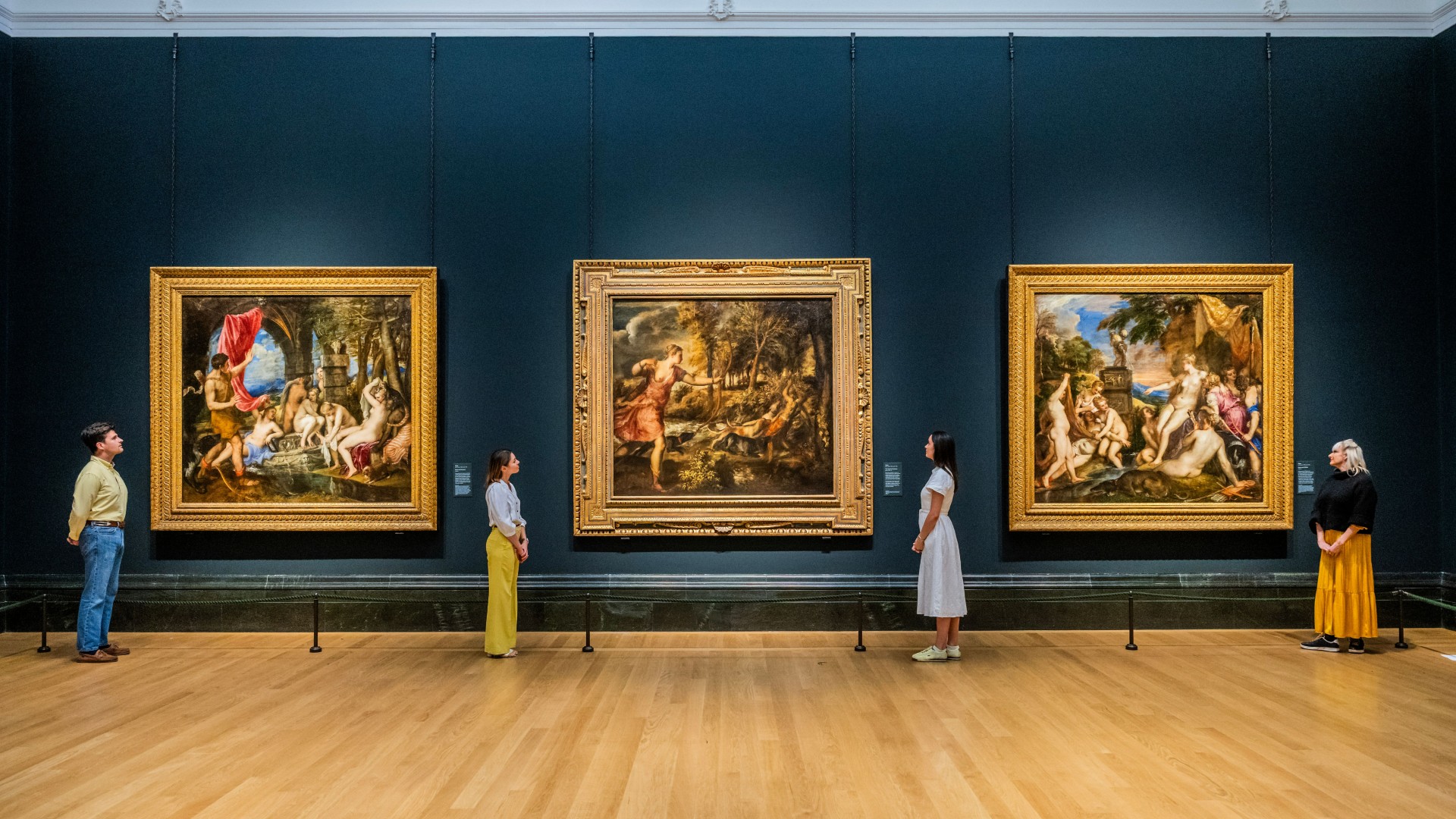
"At last! After two years of disruption, with shuttered galleries and dispiriting queues, the National Gallery is reopening in its entirety," said Alastair Sooke in The Daily Telegraph. It is a momentous occasion.
The Sainsbury Wing extension has been rebuilt, and "more than 1,000" pieces from the museum's permanent collection have been rehung. The result is exhilarating, traversing "the entire tradition of Western European painting" from the 13th century to the early 20th. "And, to think, we get to take this voyage for free."
Rehangs "used to mean little more than moving pictures about", said Bendor Grosvenor in Art Review. These days, though, they often represent a total "re-envisioning of what is shown across the entire gallery" – and of how an institution defines its purpose.
The Week
Escape your echo chamber. Get the facts behind the news, plus analysis from multiple perspectives.

Sign up for The Week's Free Newsletters
From our morning news briefing to a weekly Good News Newsletter, get the best of The Week delivered directly to your inbox.
From our morning news briefing to a weekly Good News Newsletter, get the best of The Week delivered directly to your inbox.
They can also go "badly wrong": Tate Britain was roundly condemned for a recent rehang that privileged identity politics over art history. But here, it is "a model of good sense", striking a commendable balance "between education and entertainment", ordering the paintings into a broadly chronological sweep and fielding as many "masterpieces" as possible without feeling crowded. "With some relief, I say the National Gallery has never looked better."
'Mexican jumping bean'
Considered picture by picture, a visit to the National Gallery "remains a glorious journey", said Waldemar Januszczak in The Sunday Times. Yet a national collection needs to tell a story – and this telling is blurred. Its chronology, for one thing, is all over the place, generally following the centuries but sporadically skipping about "like a Mexican jumping bean".
"Thematic displays" pop up all over: the first gallery, for instance, mixes the medieval Wilton Diptych in with works by Leonardo and Raphael, vaulting 200 years in just ten feet of floor space. Elsewhere, Titian, Monet and Rembrandt all get entire rooms to themselves, but "where they actually fit in the story of art is as clear as a fog scene by Turner". Nor are genre conventions much observed: a gallery that once housed the impressionists is now arranged as a "gathering of all-purpose" 19th century French art.
'One of the greatest museums of painting'
The rehang makes sense to me, said Jonathan Jones in The Guardian. I love the way the museum has isolated its "biggest stars to let you savour their drop-dead genius". A wall of van Eyck paintings, including the famed Arnolfini Portrait and a likely self-portrait of the artist in a turban, is particularly fabulous in its new context.
A free daily email with the biggest news stories of the day – and the best features from TheWeek.com
The Northern Renaissance galleries generally showcase a major development in painting: how artists went from merely depicting "people as people" to "portraying inner lives". There are masterpieces galore, from Holbein's deathless "The Ambassadors" to Élisabeth Vigée Le Brun's "Self Portrait in a Straw Hat", here paired with the Rubens portrait that inspired it. This really is "one of the greatest museums of painting in the world".
National Gallery, London WC2, 020 7747 2885, nationalgallery.org.uk, free entry
-
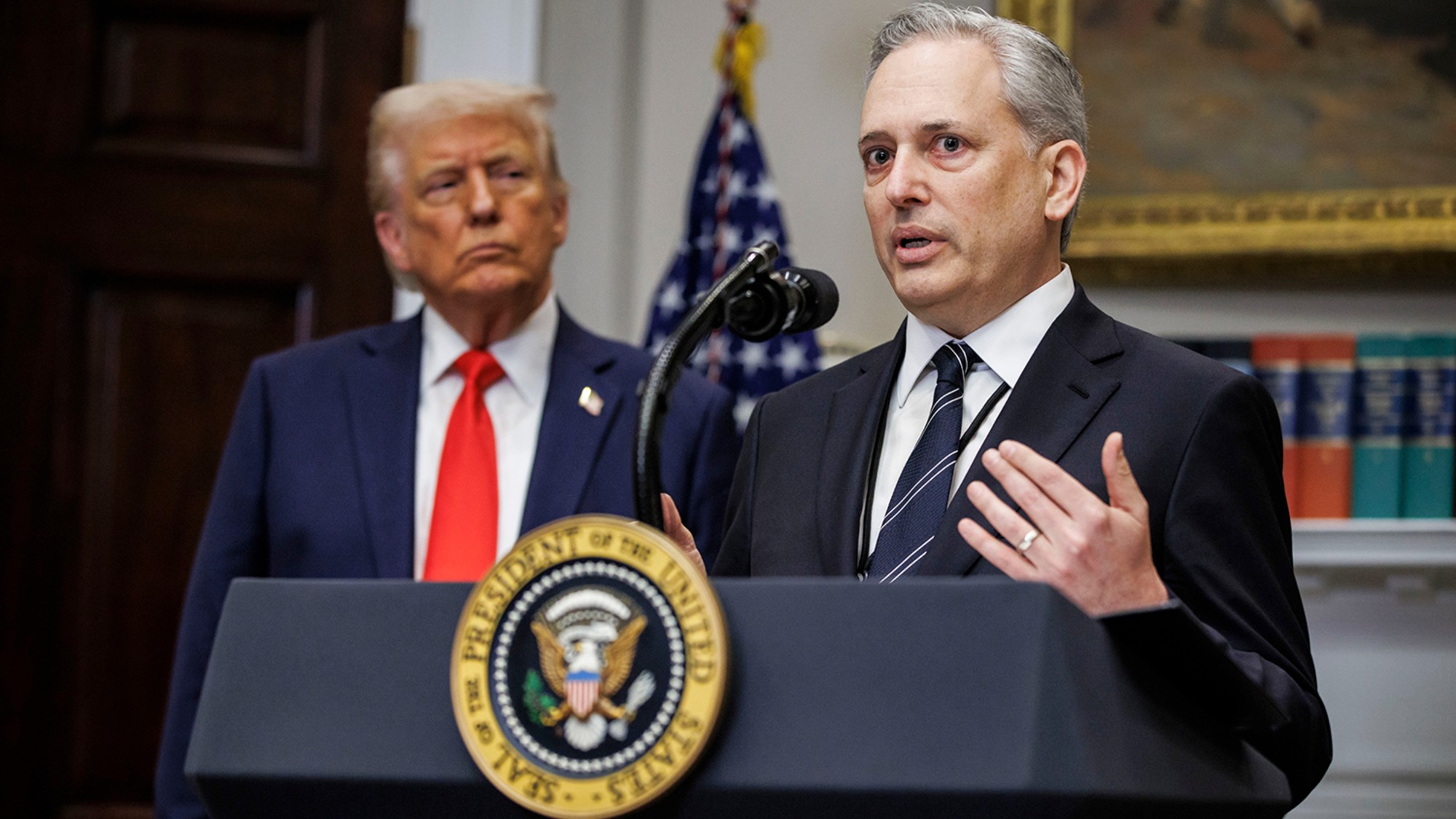 Trump vs. states: Who gets to regulate AI?
Trump vs. states: Who gets to regulate AI?Feature Trump launched a task force to challenge state laws on artificial intelligence, but regulation of the technology is under unclear jurisdiction
-
 Decking the halls
Decking the hallsFeature Americans’ love of holiday decorations has turned Christmas from a humble affair to a sparkly spectacle.
-
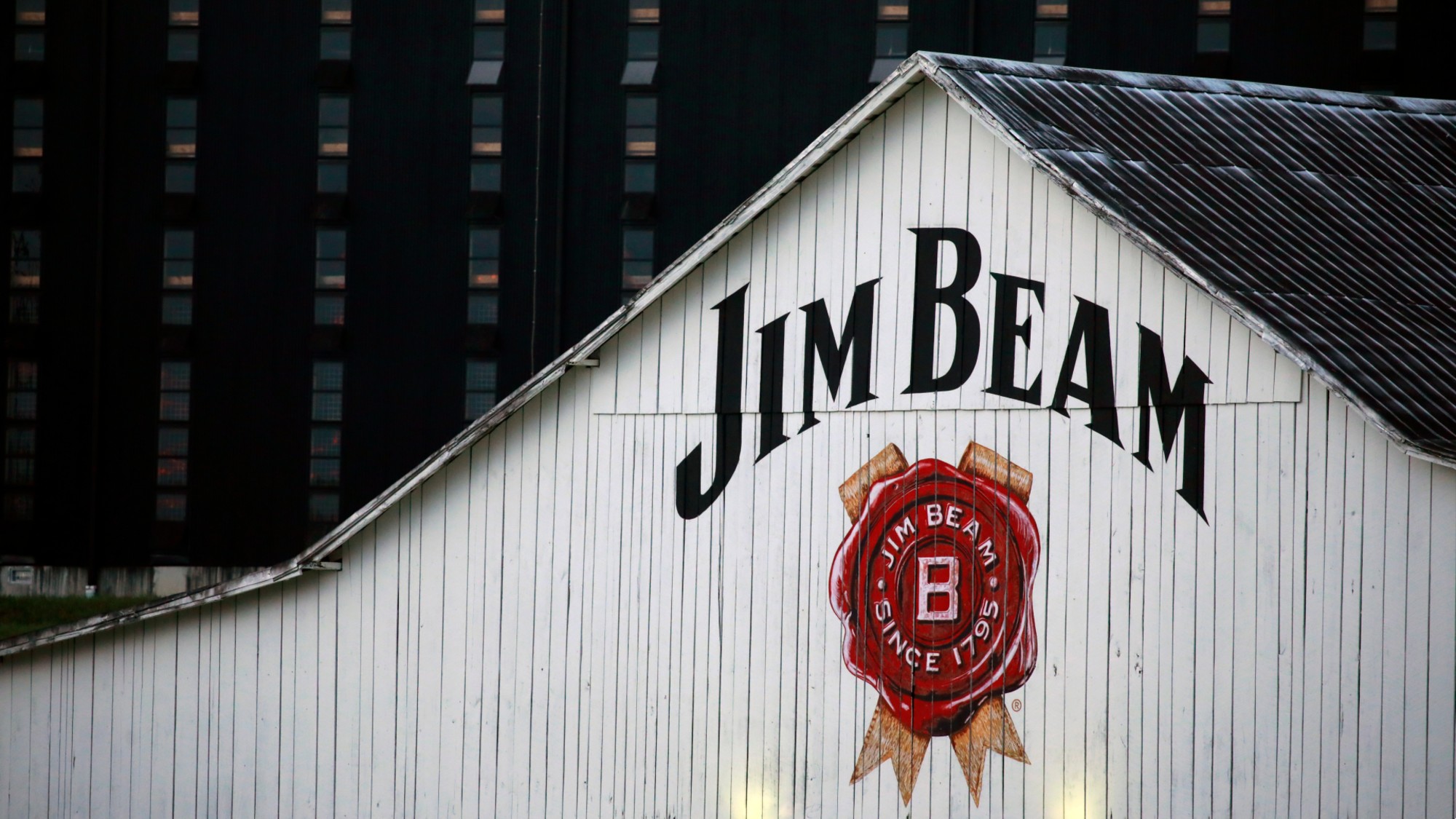 Whiskey tariffs cause major problems for American distillers
Whiskey tariffs cause major problems for American distillersIn the Spotlight Jim Beam is the latest brand to feel the pain
-
 The best homes of the year
The best homes of the yearFeature Featuring a former helicopter engine repair workshop in Washington, D.C. and high-rise living in San Francisco
-
 Critics’ choice: The year’s top 10 movies
Critics’ choice: The year’s top 10 moviesFeature ‘One Battle After Another’ and ‘It Was Just an Accident’ stand out
-
 A luxury walking tour in Western Australia
A luxury walking tour in Western AustraliaThe Week Recommends Walk through an ‘ancient forest’ and listen to the ‘gentle hushing’ of the upper canopy
-
 Joanna Trollope: novelist who had a No. 1 bestseller with The Rector’s Wife
Joanna Trollope: novelist who had a No. 1 bestseller with The Rector’s WifeIn the Spotlight Trollope found fame with intelligent novels about the dramas and dilemmas of modern women
-
 Appetites now: 2025 in food trends
Appetites now: 2025 in food trendsFeature From dining alone to matcha mania to milk’s comeback
-
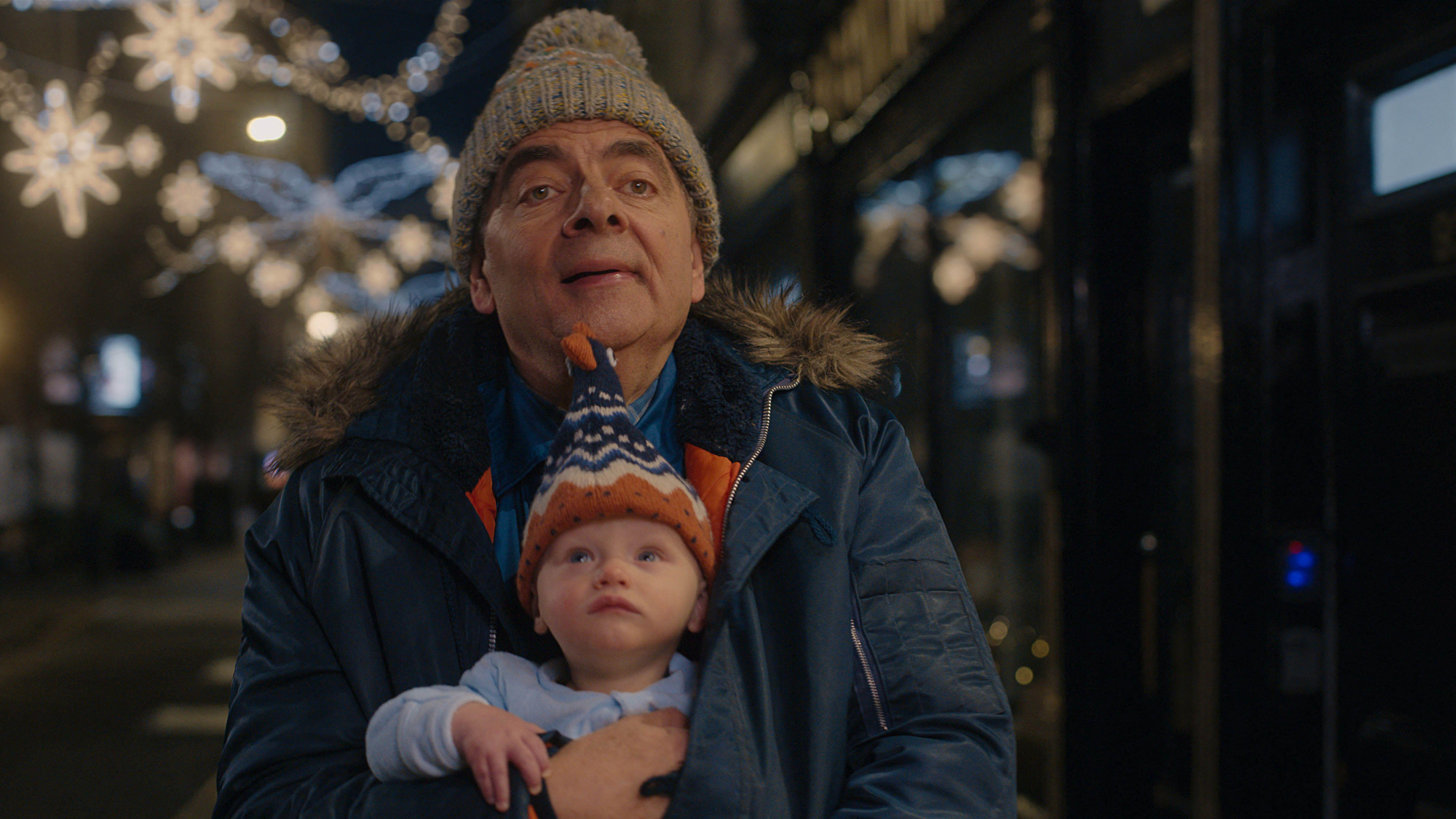 Man vs Baby: Rowan Atkinson stars in an accidental adoption comedy
Man vs Baby: Rowan Atkinson stars in an accidental adoption comedyTalking Point Sequel to Man vs Bee is ‘nauseatingly schmaltzy’
-
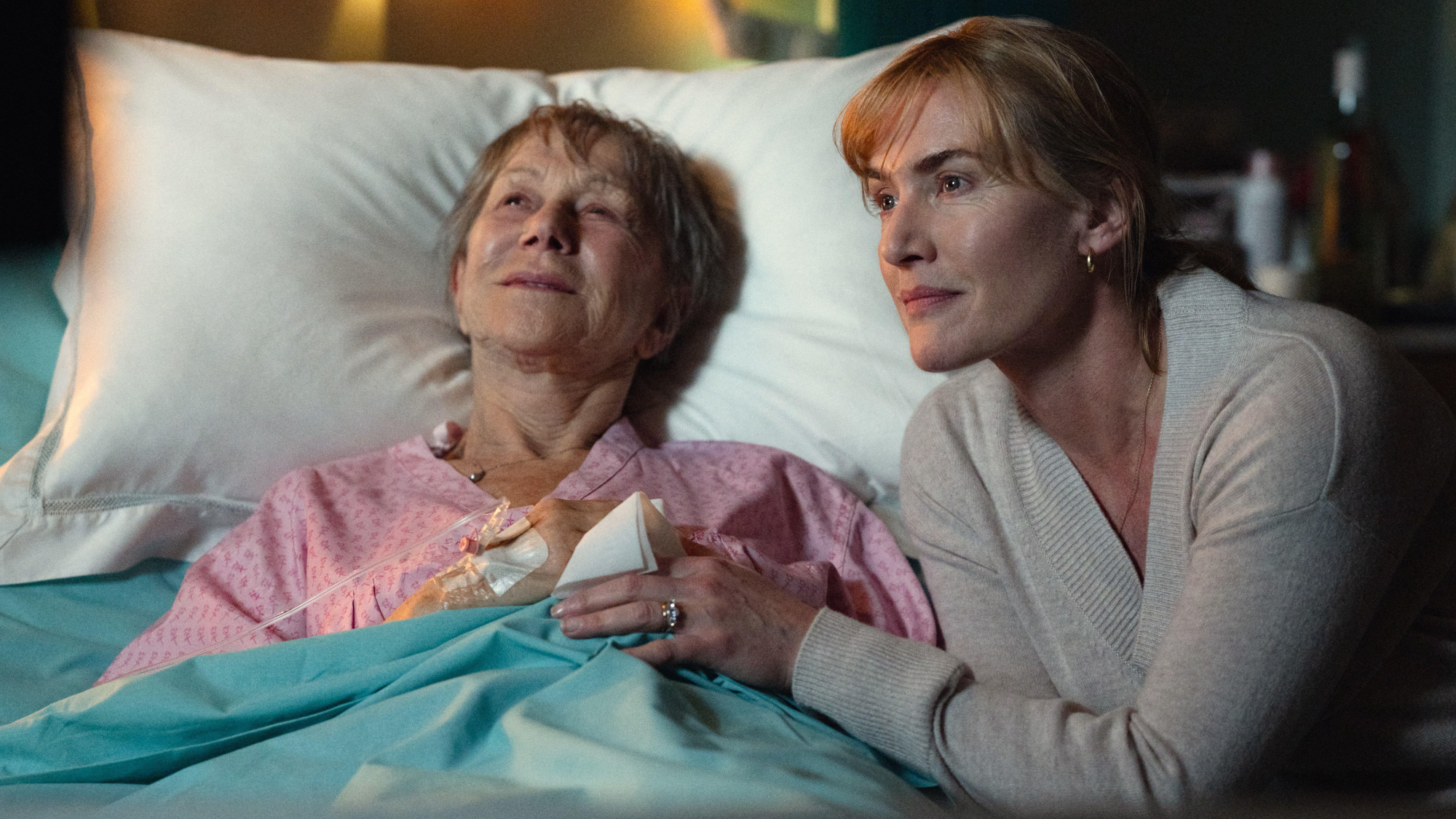 Goodbye June: Kate Winslet’s directorial debut divides critics
Goodbye June: Kate Winslet’s directorial debut divides criticsTalking Point Helen Mirren stars as the terminally ill English matriarch in this sentimental festive heartwarmer
-
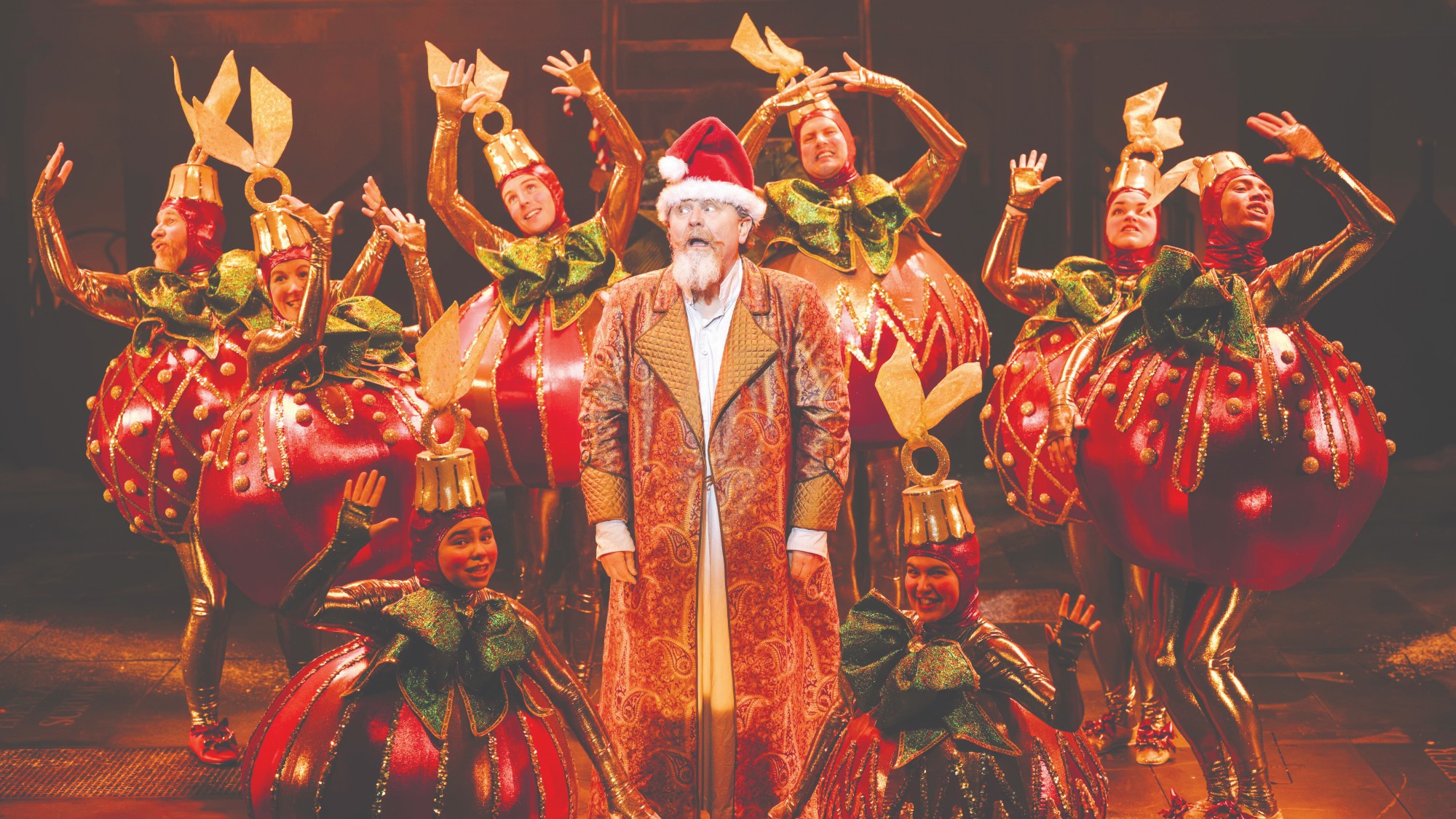 A Christmas Carol (or two)
A Christmas Carol (or two)The Week Recommends These are the most delightful retellings of the Dickens classic from around the country